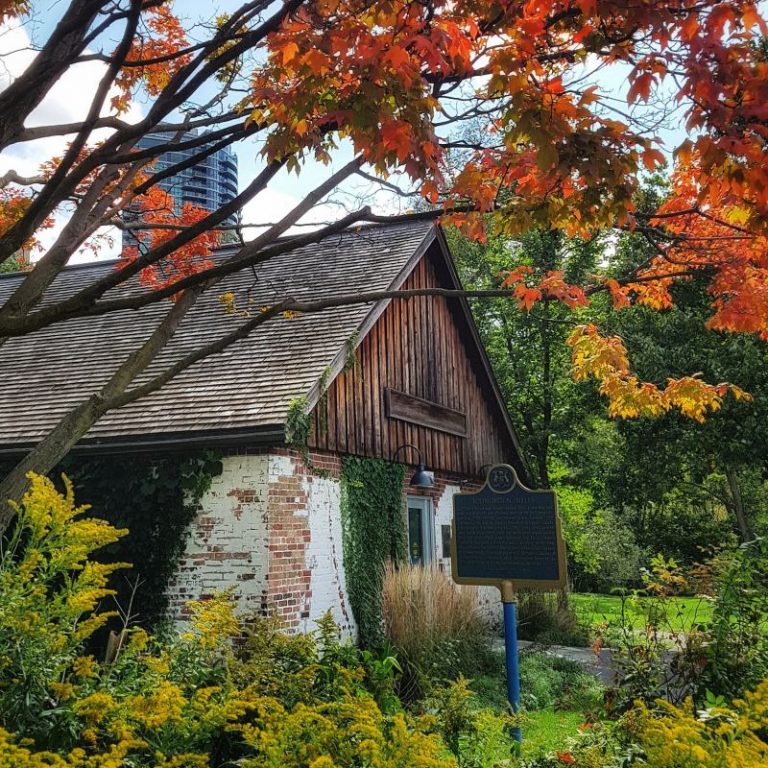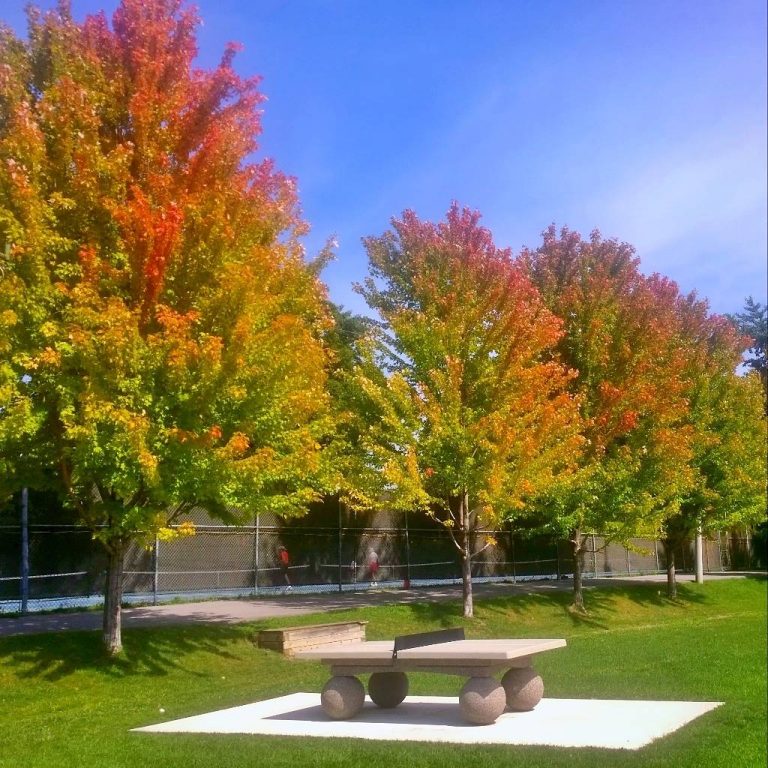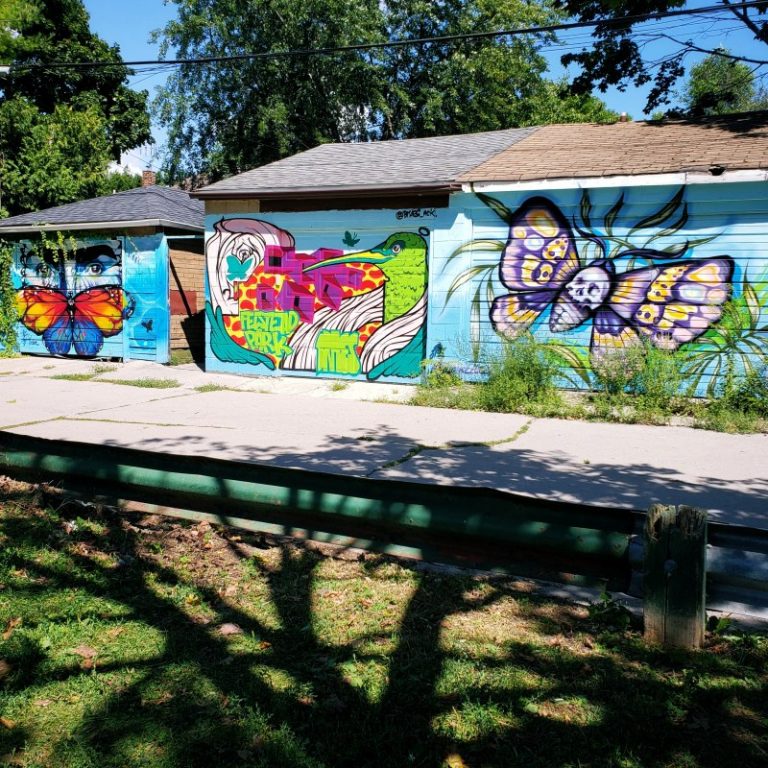Toronto Income Property Newsletter – December 2011
Season’s Greetings everyone! I would like to wish you, your family and all your friends the warmest wishes for a safe and happy holiday season. I’m looking forward to taking some much needed down time over the upcoming break. For those of you who don’t know, I built an audio recording studio in my basement this year, so I look forward to hanging out with some of my musician friends to make some noise. I’ll be back in January with a detailed look back at the income property market in 2011 as well as predictions for what we can expect in 2012. Take care and all the best.
*
As many of you who follow my postings are aware, the Toronto income property market has essentially been hot all year long. At a time when the overall economy is still suffering, unemployment in the US is at all time highs and Europe is on the brink of a financial collapse, it is quite paradoxical that our market continues to be so hot. Interest rates are low everywhere so that doesn’t fully explain why the Toronto market has been so robust. I still believe that Toronto is a magnet for new immigrants and the lack of quality rental inventory has made the existing stock more desirable. I can verify first hand since I am in the field daily that there have been fewer duplexes and triplexes for sale over the past three months than I would have expected.
October existing home sales in the greater Toronto area market soared 17.5% from a year ago, the Toronto Real Estate Board says. The Toronto market numbers have been credited with boosting the national average price at a time when the Vancouver market has slowed. Jason Mercer, the Toronto Real Estate Board’s senior manager of market analysis, says “seller’s conditions” are in place throughout many parts of the GTA. “Thanks to low interest rates, strong price growth has not substantially changed the positive affordability picture in the city of Toronto and surrounding places,” said Mr. Mercer.
We all know about Riverdale, the Annex, Little Italy, Bloor West Village and all the other tier one rental neighbourhoods in central Toronto. But have you tried to buy a duplex or triplex in one of these areas lately? It is almost impossible to find anything decent in the $500K range. It is still even tricky in the $600 range. If the rents in these areas don’t increase proportionately to the sale prices (which they often don’t) then as the prices increases the investment value decreases. It is ideal to buy something for under a half a million since these properties usually provide better bottom line returns.
So where are all the plexes for under $500K?
If you work hard and put yourself at the forefront of all buyers by staying on top of the market, you can still find properties in the $400K range, I will look at three areas that may be particularly interesting to the income property investor. I have mentioned these neighbourhoods before in past newsletters and I still believe very strongly in them. These are neighbourhoods that I have spent lots of time over the last few years getting to know better, surveying the rental market and their demographics.
These are areas to keep zero in on if you are looking to land between $350K & $500K.
i. Leslieville
This is the area in between Carlaw and Coxwell, from the railway tracks just north of Gerrard down to Eastern Avenue. Leslieville is situated around three of the more popular east districts, namely the Beaches, the Danforth and Riverdale, which are all popular rental destinations. The Toronto Film Studios on Eastern will be transformed into retail in the future. Little India on Gerrard has become a very popular spot. Given the proximity of Leslieville to downtown, the Gardiner & DVP and all of the amenities that the East side offers, many new owners have been renting out their properties. Leslieville is well served by the public transit system which operates buses and streetcars on Carlaw, Jones, Greenwood, Eastern as well as Gerrard and Queen Streets. Most of these bus routes link up with stations on the Bloor-Danforth subway line, which is of great benefit to renters.
ii. The Junction
The Junction Triangle located just northeast of the Annex is bounded on three sides by railway lines that enclose the entire neighbourhood in the shape of a triangle. The key boundaries are Dupont and Bloor to the north and south, and just west of Lansdowne over to Dundas Street West (which curves north by this point. The main streets are Perth, Symington, Wallace and Campbell. Like Leslieville, the Junction is ideally situated in between two very popular rental areas, namely the Annex and High Park. Most of the housing in the Junction has already been converted to two and three family dwellings – with numerous choices of inventory relative to other pockets of Toronto. I have seen new loft developments in the Junction as well as many new businesses opening up on Bloor Street West. Given that it’s only ten minutes to downtown and it sits on the Bloor subway line, this has become one of the top areas for renters.
iii. Belgravia & Dufferin/Eglinton
This is the area just west of the Allen Expressway going north and south of Eglinton Avenue West up to Lawrence – the main artery being Marlee Avenue running north to south. The interesting characteristic of this area is that it is adjacent to some of the finest homes in Toronto to the east. The creation of the Forest Hill Lofts and adjoining condo town homes on Castlefield shows that the development has now moved over to the other side of the Allen. The proximity of the subway going up to Yorkdale and to downtown is quite attractive to renters. There are many income properties already in the area that can be purchased for lower prices than properties to the East. I have also seen custom homes starting to be built in this quadrant as well, suggesting the buyers are interested in moving further west heading towards Dufferin. South of Eglinton, going east and west of Dufferin down to Rogers Rd. still offer relatively affordable prices.
For the real estate investor who is looking for a long-term situation and does not have an abundance of start-up capital to invest, these areas can provide quite a profitable solution. They have become more popular for renters many with new cafes and they are all fairly close to the downtown and midtown cores.



